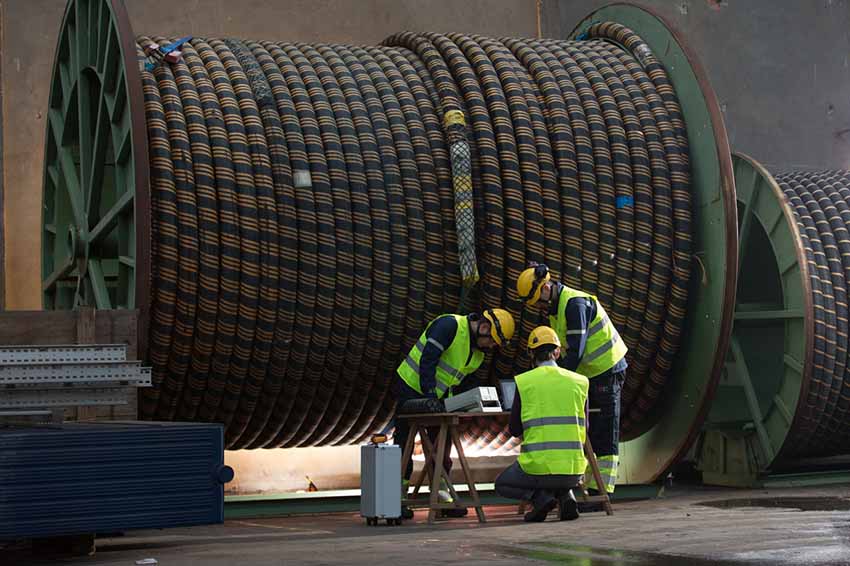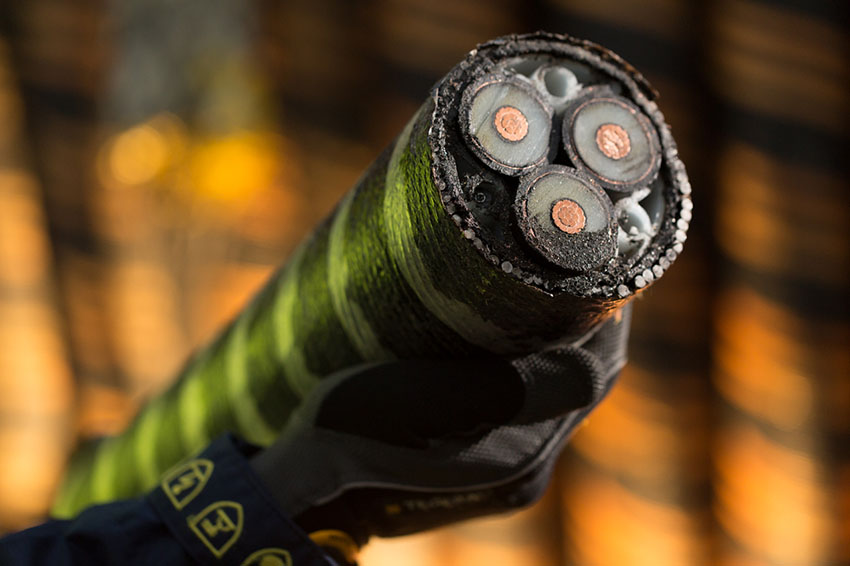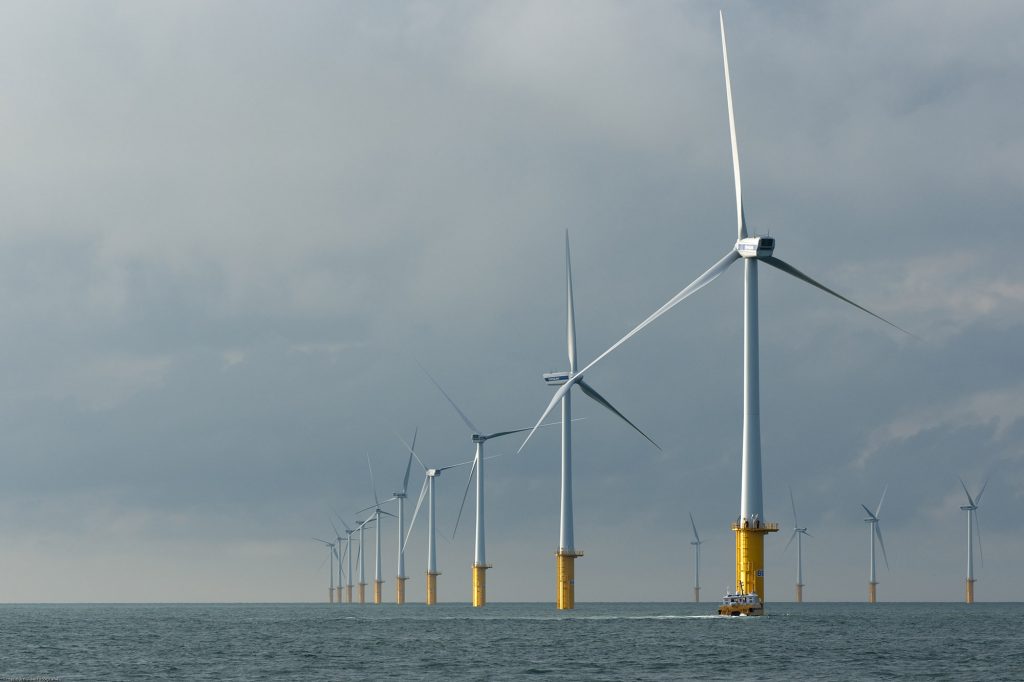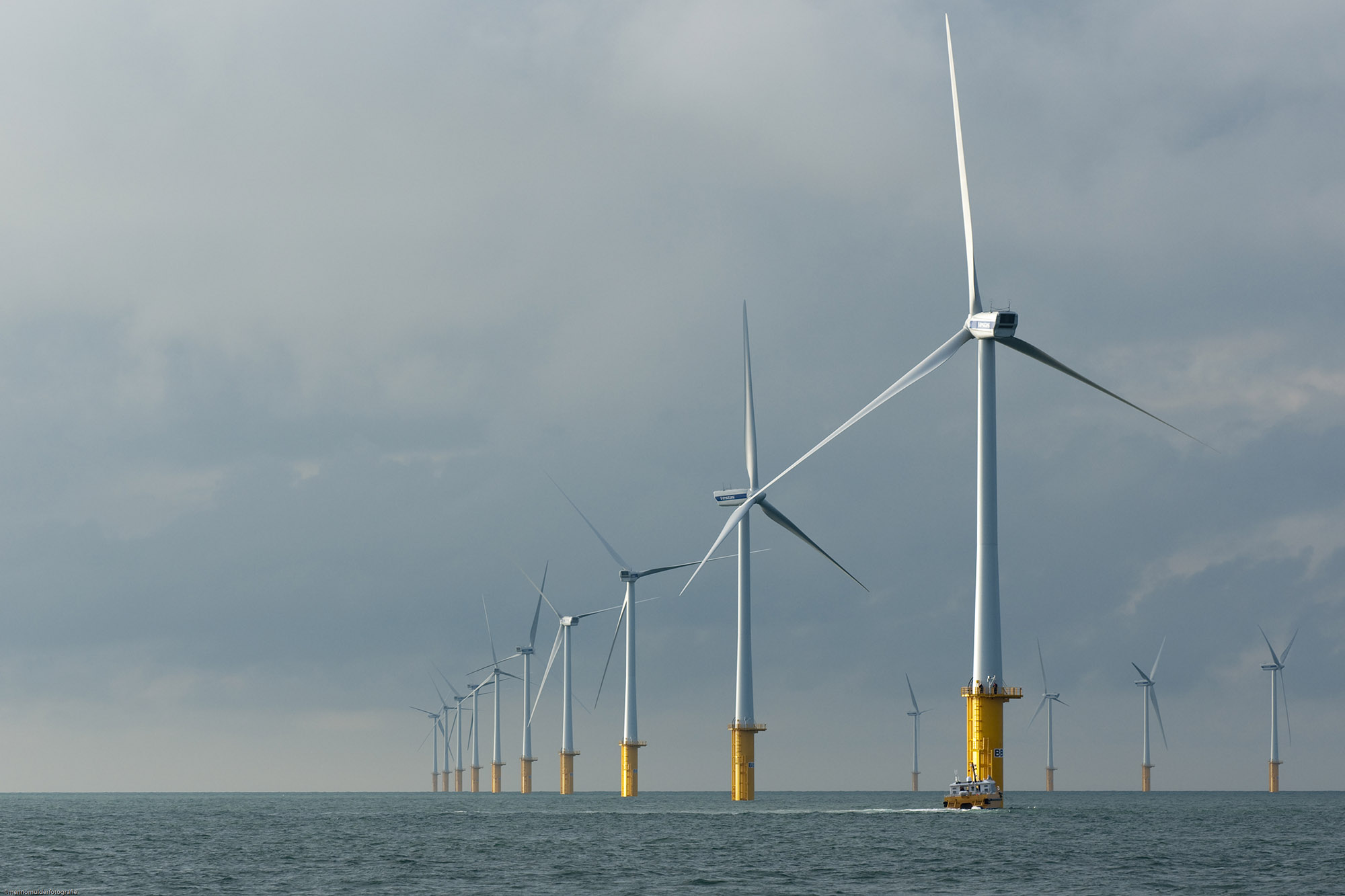Marlinks leads the market in continuous health monitoring for subsea power cables. By using fiber optic technology, they make it possible to measure the health status of the subsea cables without any additional sensor needing installation on the cables itself. Marlinks’ software continuously crunches cable measurements and generates the actionable insights their customers use to drive timely and informed decisions allowing for a cost and risk reductive maintenance approach.
Interview with Liesbeth De Baere – Sales Manager at Marlinks.
Easy Engineering: What are the main areas of activity of the company?
Liesbeth De Baere: Our main activity is empowering operational and management offshore wind teams to continuously be in control of their power cables and to easily wield the data, letting them investigate and monitor all possible cable events to form smart and effective decisions that save money, maximize performance, and reduce risk. Note that currently 80% of all insurance claims in the offshore wind industry are due to cable faults.
E.E: What’s the news about new products?
L.B: At Marlinks we strongly believe in the untapped potential of Distributed Acoustic Sensing seen the variety of subsea cable services it can offer. Using a DAS, acoustic vibrations are recorded along the fiber optic strain embedded in the subsea cable. Based on the configuration of the cable and its surroundings, information can be gathered on strain, CPS abrasion, environmental monitoring, etc.
In the offshore wind industry, there is a general concern among wind farm operators that Cable Protection Systems (CPS) deteriorate faster than expected. Marlinks is a front runner in view of continuous CPS Health Monitoring, using state-of-the-art machine learning to improve our services. Continuously informing operators which systems are at risk and need prioritization when it comes to planning mitigating actions.

E.E: What are the ranges of products?
L.B: We offer various services based on Distributed Temperature Sensing (DTS) and Distributed Acoustic Sensing (DAS) devices. All our services are non-intrusive to the cables, taking away tiresome installation and maintenance works.
A DTS is, similar to a DAS, a device that records temperature along the fiber optic embedded in the subsea cable.
Our DTS services are:
Depth of Burial (DoB): Our photonics-based cable monitoring service delivers far better results than surveys and at a much lower cost. Our fully automated solution produces bi-weekly Depth of Burial calculations, giving insights on whether the cable has a risk of being exposed or at the risk of for example anker damage.
RTTR 2.0: Predicting the maximum load capacity of your subsea cables for steady state and emergency situations using our mathematical model with a proven higher accuracy compared to the industry standard.
On top of that, we are taking photonics to the next level with Distributed Acoustic Sensing (DAS). We’re literally listening to every meter of the cable for sounds that betray electrical faults, strain, movement, abrasion and related events. We can also simply listen in on the environment and detect the presence of marine life or unauthorized vessels. With such an impressive array of applications, DAS is considered to be the next big thing in offshore asset monitoring, replacing a lot of manual labor and additional hardware with a single solution.

Our Distributed Acoustic Sensing (DAS) services are:
CPS abrasion: be the first to know when the cable protection system is wearing out.
Cable strain during installation: Monitor cable strain and therefore construction faults at an early stage as to limit maintenance costs in a later phase.
Dynamic cable movements: Picking up exposed cables using DAS monitoring.
Environmental monitoring: Getting alerted of whale songs, vessel movements, earthquakes and soil liquification.
Scour pit forming: Detect subsea cables which get partly unburied because of scour pit forming.
We also offer some supporting services. From development to operation, we have everyone covered in all lifecycle phases of an offshore wind farm. We want to support in all cable-related and monitoring-related decisions, as well as development or operational considerations. Think of seabed mobility studies, thermal modelling, or continuous risk assessment.
E.E: At what stage is the market where you are currently active?
L.B: Subsea cables only make up 10% of the initial CAPEX costs of an offshore wind farm, however they make up 40% of all claims made to insurers and 80% of all claimed costs paid by insurers. There is a growing awareness of the vulnerabilities subsea cables are exposed to, and we also sense a willingness from European developers to proactively implement cable health monitoring technologies in upcoming offshore wind markets to limit the bucket of risks which are already in place when dealing with new markets.
Therefore, we think Marlinks has come to life just at the right moment, our foundations have already been established back in 2017 and our technology has been sharpened throughout the years. We feel confident to say that we have built up a vast amount of knowledge to assist our current and future clients in predictive cable health monitoring.

E.E: What estimations do you have for 2022?
L.B: We are working daily to improve our services and develop new services that benefit our customers. We want to further roll out and actively market our Cable Protection System (CPS).
Currently, we have projects in the United Kingdom, the Netherlands, Belgium and Germany. We have opened a representative office in Taipei, Taiwan, which will bring us even closer to our Asian projects (Taiwan, Japan, South Korea). And are actively exploring the US.

